Affiliate links on Android Authority may earn us a commission. Learn more.
What is LTE? Everything you need to know
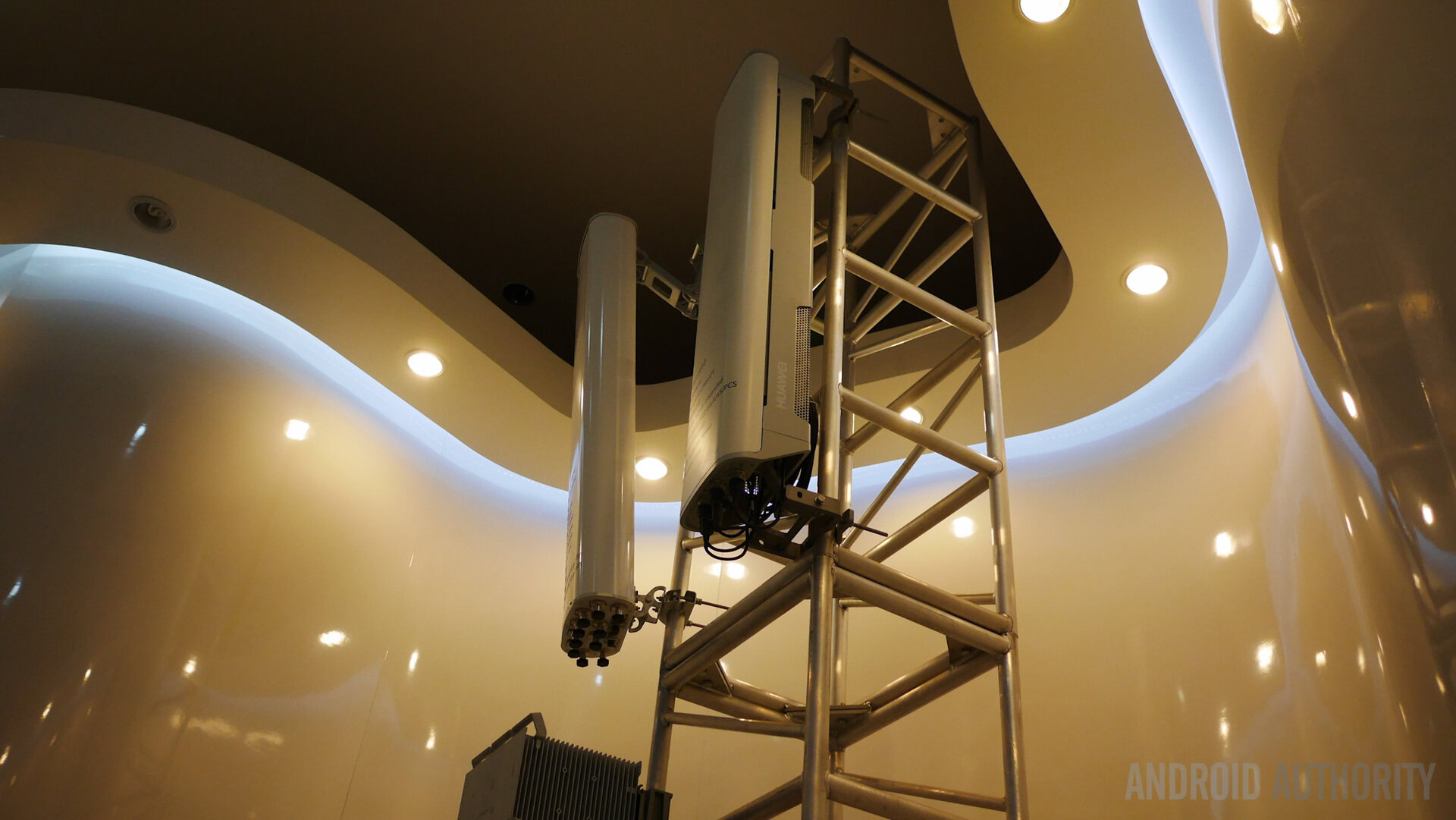
Social media, video streaming, online gaming, you name it, our smartphones are better connected than ever and we’re consuming more and more data as a result. 4G LTE isn’t the new name in town anymore, that title now belongs to 5G networks that are rolling out in countries across the globe. Still, 4G remains the backbone of most consumer’s day-to-day data needs and is still much faster speeds than the previous 3G and 2G standards. But what is 4G Long-Term Evolution (LTE), exactly?
In this article, we’ll be taking a look at how LTE works, the hardware associated with it, its benefits, and how this all relates to the smartphone in your pocket.
QUICK SUMMARY
4G LTE, short for fourth-generation Long Term Evolution, is the successor to 3G networks. In a nutshell, LTE enables more spectrum bands, which in turn allows operators to offer faster transfer speeds and better connection quality compared to 3G. Typically, a good LTE network is at least 5 to 10 times faster than the best 3G coverage.
What is LTE and how does it work?
At the most basic level, 4G LTE is the successor to 3G networks. The most notable differences between LTE and its predecessors are the changes in frequency and bandwidth usage. With 3G, the 2100MHz band was the main global frequency, with a 900MHz option for longer range coverage. There are many more 4G LTE bands, the use of which will vary depending on your country and even your specific carrier. Popular spectrum includes the 800, 1800, and 2600 MHz bands, with 700, 1900, and 2300 used by a few carriers also.
With 4G LTE, these frequencies are split into Frequency Division Duplexing (FDD) and Time Division Duplexing (TDD). FDD spectrum requires pair bands, one for uplink and one for downlink. TDD uses a single band as uplink and downlink on the same frequency, but these are time-separated instead. There are 31 pairs of LTE bands that operate between 452 MHz and 3,600 MHz and an additional 12 TDD bands between 703 MHz and 3,800 MHz. Higher frequencies allow for faster transmission in built-up areas, while lower frequencies offer additional coverage distance but more limited bandwidth. These bands typically offer between 10 and 20 MHz of bandwidth for data transfer, although they are also commonly split up into smaller 1.4, 3, and 5 MHz chunks too.
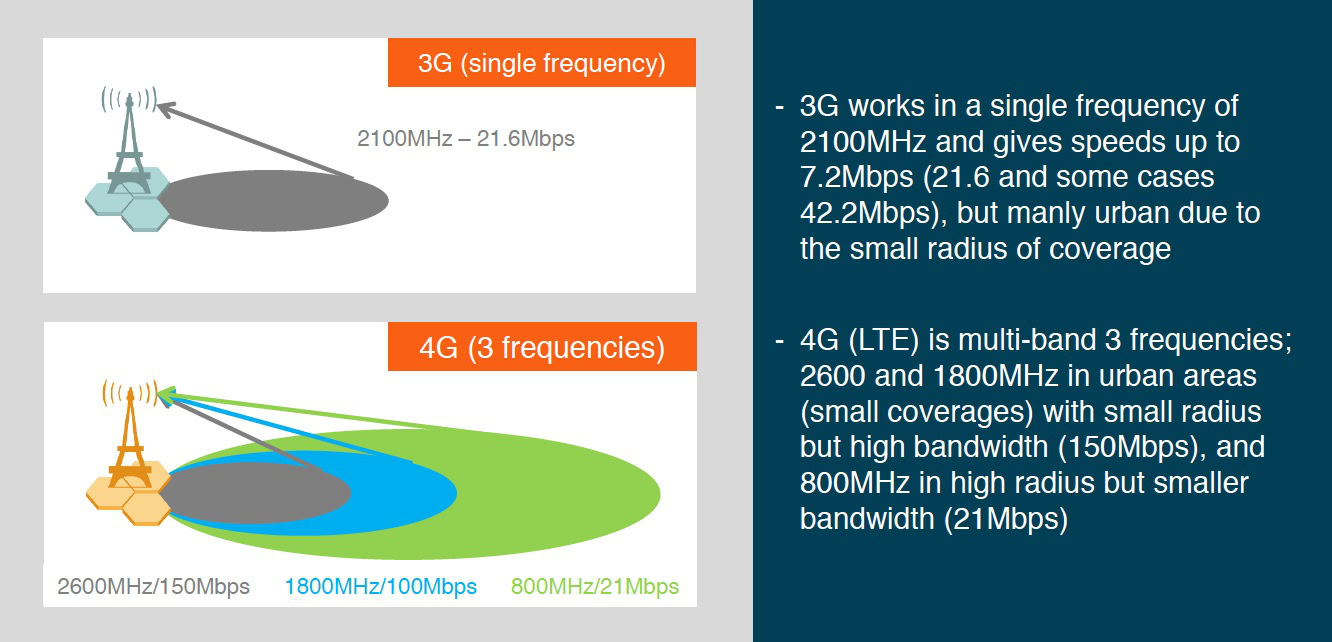
FDD is the LTE variation that is regularly seen in North American, European, and some Asian markets. TDD has been implemented in China and India as the wider bandwidth allows for more users per Mhz. This is why you should always be careful to double-check LTE bands and carrier compatibility when importing phones from other countries.
LTE uses two different radio links for downlink and uplink — from tower to device and vice versa. For the downlink, LTE uses an OFDMA (orthogonal frequency division multiple access), which requires MIMO. MIMO, which stands for Multiple Input Multiple Output, uses two or more antennas to reduce latency significantly and boost speeds within a given channel. Standard LTE can accommodate up to a 4×4 arrangement (the first digit is the number of transmit antennas, and the second, the number of receive antennas). For the uplink (from device to tower), LTE uses an SC-FDMA (single carrier frequency division multiple access) signal. SC-FDMA is better for uplink because it has a better peak-to-average power ratio.
There’s a lot to the underlying technology. But in a nutshell, 4G LTE enables more spectrum bands to provide more bandwidth than 3G. This results in higher data speeds and better quality connections than previous generations.
What is LTE Advanced and how does it work?
Standard 4G LTE is outdated now. Modern 4G networks are based on LTE-Advanced technology. As the name implies, LTE-Advanced is simply an evolved version of current LTE connectivity, using a variety of additional techniques to warrant the “advanced” name. The new functionalities introduced in LTE-Advanced are Carrier Aggregation (CA), better use of existing multi-antenna techniques (MIMO), and support for Relay Nodes. All of these are designed to increase the stability, bandwidth, and speed of LTE networks and connections.
We’ve also seen the arrival of LTE-Advanced Pro — also known as Gigabit LTE in some markets — (3GPP Release 13 and up). So how does this differ from standard LTE-A?
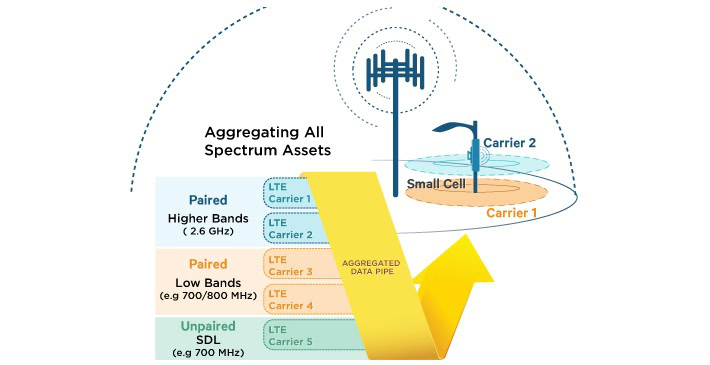
The key to faster data via LTE-Advanced is the introduction of 8×8 MIMO in the downlink and 4×4 in the uplink, and the use of multiple carrier bands aggregated together to improve signal strength and bandwidth. Carrier aggregation sends and receives data over multiple bands, increasing the amount of throughput for faster speeds. Each LTE band has a bandwidth of either 1.4, 3, 5, 10, 15, or 20 MHz, giving us a maximum bandwidth of 100 MHz with five combined. Although this will vary depending on the bandwidth available in your particular area.
LTE-Advanced Pro/Gigabit LTE touts carrier aggregation with up to 32 component carriers. Theoretically, these provide a maximum download speed of approximately 3.3 Gbps and 1.5 Gbps upload. However, the hardware modem found inside your smartphone probably isn’t quite that fast and network coverage certainly isn’t good enough to meet that criteria outside of specialized areas.
Read more: These smartphones offer the fastest download speeds in the US
Another important part of the LTE-Advanced puzzle is quadrature amplitude modulation (QAM). This technique essentially crams more bits of information into the signal sent from a tower to your phone. Higher QAM delivers more information in a signal and thus faster speeds. We’ve previously seen 64QAM being used in LTE-A, but LTE-Advanced networks from the likes of Verizon, T-Mobile and others use 256QAM too. This particular version of QAM dramatically boosts bandwidth and, much like massive MIMO, is another foundational technology used in 5G. In fact, Qualcomm says 256QAM boosts download speeds by 33 percent over 64QAM.
How fast is LTE?
Now that we’ve outlined what LTE is, how fast is it?
For starters, the quality and speed of your connection varies based on the number of users and the strength of the signal in your area. According to research from OpenSignal, the leading 25 countries offer several 4G download speeds of 37Mbps with 10Mbps uploads. The fastest 4G LTE countries boast up to 150 Mbps download speeds on average, although that’s still a rarity for most consumers.
For a point of comparison, older 3G networks can vary quite widely in their actual results. HSPA networks can peak at around 14 Mbps download and 6 Mbps upload, but they rarely come close to this. Typically, a good LTE network is at least 5 to 10 times faster than the best 3G coverage.
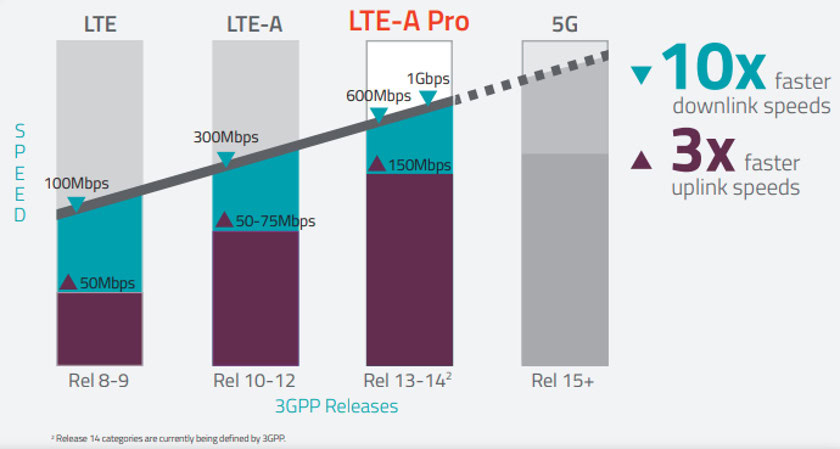
What are LTE categories?
“What is LTE?” is just part of the puzzle. There’s more to this technology. As you have probably figured out, 4G has been an evolving standard and it continues to change as we move towards a future with 5G technology. As such, the hardware inside our smartphones has changed over the years to keep pace with faster LTE networks.
To keep things simple, you have a number of different LTE categories. Each category offers a set of features and speeds based on a specification release. This is often the number that you’ll see listed on a smartphone specification sheet.
Release 10 introduced the speed and MIMO improvements that come with LTE-Advanced, but there are newer Releases for Category 16 and beyond for 5G. Here’s a comparison of how some of them break down.
| Max Download | Max Upload | MIMO Config. | Release # | |
|---|---|---|---|---|
Category 4 | Max Download 150Mbps | Max Upload 51Mbps | MIMO Config. 2 | Release # 8 |
Category 6 | Max Download 300Mbps | Max Upload 51Mbps | MIMO Config. 2 or 4 | Release # 10 |
Category 9 | Max Download 450Mbps | Max Upload 51Mbps | MIMO Config. 2 or 4 | Release # 11 |
Cateogy 10 | Max Download 450Mbps | Max Upload 102Mbps | MIMO Config. 2 or 4 | Release # 12 |
Cateogy 12 | Max Download 600Mbps | Max Upload 102Mbps | MIMO Config. 2 or 4 | Release # 12 |
Cateogy 15 | Max Download 3.9Gbps | Max Upload 1.5Gbps | MIMO Config. 8 | Release # 12 |
Mobile SoC manufacturers bundle 4G modems with their processing components into the main chip, as it is such an essential technology. For example, Qualcomm’s Snapdragon 8 Gen 1 SoC features the company’s own X65 modem that supports both 5G and 4G standards. In the mid and premium tiers of 2022’s smartphone market, it’s increasingly rare to find 4G-only smartphones.
What is 5G?
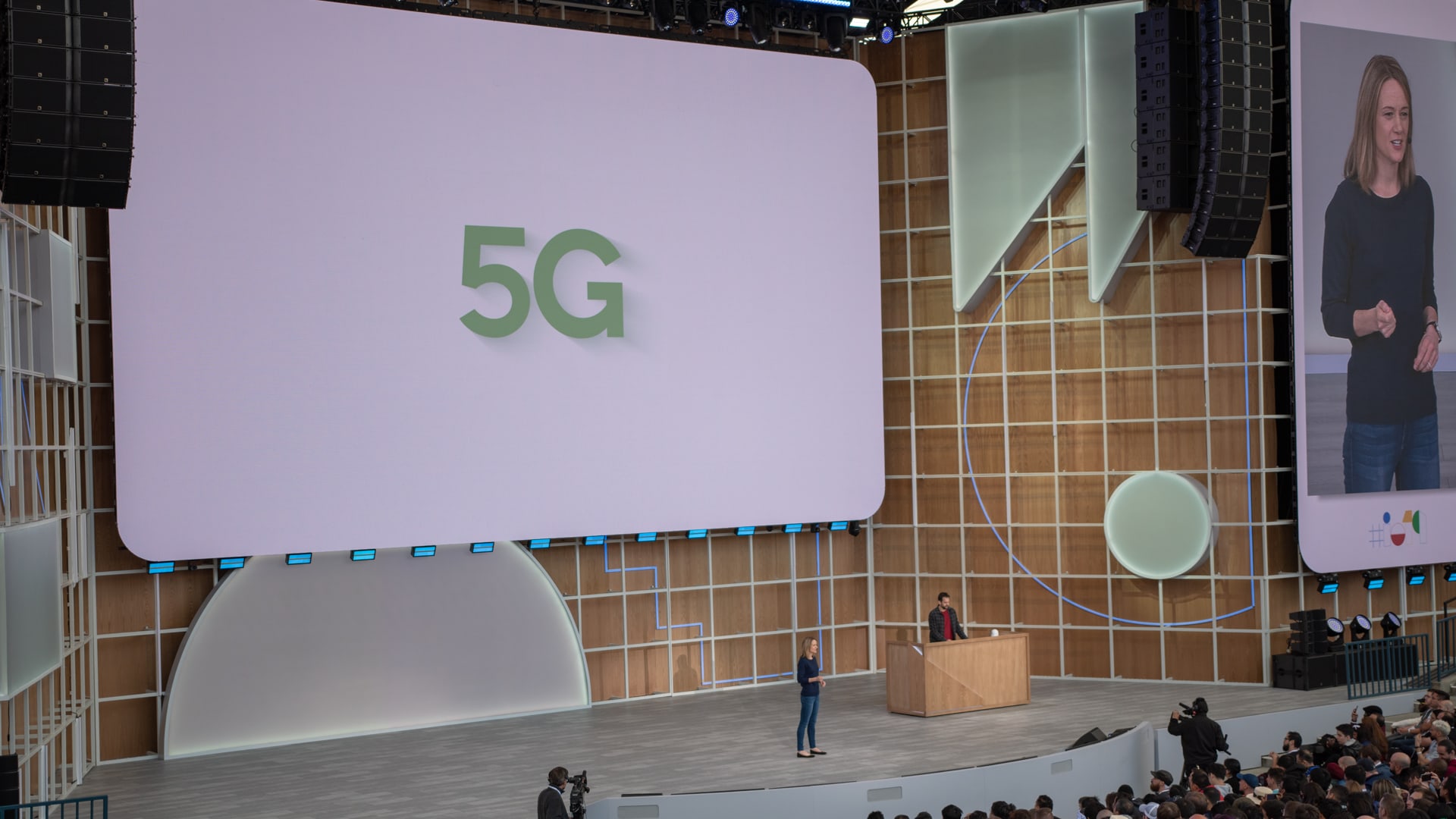
The roll-out of fast networks isn’t over yet. There are still many more customers to bring online and infrastructure to improve across the globe. Even legacy technologies are set to stick around for a good while yet. While 4G adoption is still growing, the industry is rapidly adopting 5G connectivity. As the name suggests, 5G represents the next evolution of mobile networking technology. It offers even faster transfer speeds, lower latency, and higher capacity, all of which should help operators deal with long-standing problems like congestion in dense environments.
5G is really another evolutionary step that started with 4G. Just like LTE-Advanced, 5G technology further increases the range of available bands, aggregating data from an even wider range of spectrum frequencies. These include sub-6GHz and very high mmWave frequencies. Just like LTE and LTE-A, 5G requires new radio technologies from carriers and new hardware inside our smartphones. These technologies became mainstream in 2020 and many millions more consumers will go online in the coming years.
Next up: What is 5G, and why should you care?
FAQs
LTE was a pre-cursor to full-fledged 4G deployments. While LTE is faster than legacy 3G networks, it isn’t faster than proper 4G or LTE-Advanced networks.
LTE doesn’t meet all of the technical requirements laid down by the 4G specification. This means that true 4G networks will offer faster speeds and better connection stability.
5G, or fifth-generation mobile networks, haven’t become commonplace everywhere just yet. To that end, you might get slightly better coverage on 4G LTE, especially outside of urban areas.